“I am not in any way trying to ‘fix’ or ‘solve’ the play. Art should be ambiguous and riddled with contradictions”: Director Justin Audibert on The Taming of the Shrew
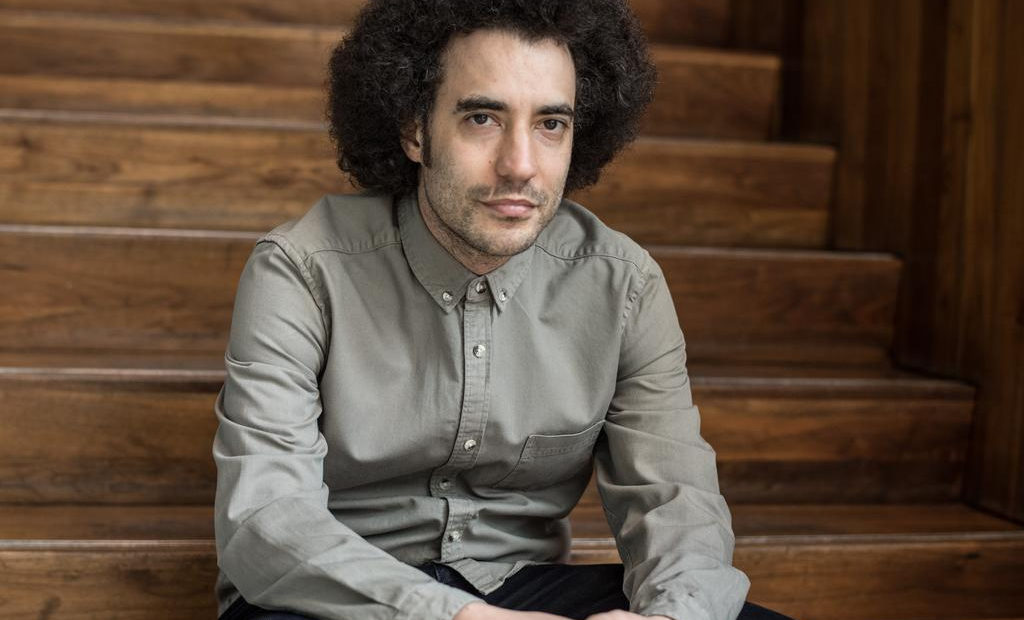
Alongside As You Like It and Measure for Measure, Justin Audibert’s envisioning of Taming of the Shrew is running at Barbican as a part of the RSC’s series. The director reworks the Shakespearean classic in his gender-reversing adaptation. Yet, he is clear in his desire not to “fix” or “solve” the play with his matriarchal world but rather create a new artistic environment in which our contemporary power structures can be explored. Audibert wants his work to start a conversation rather than be prescriptive. He wants to use his platform as director of this production as well as in his role as artistic director at Unicorn Theatre to allow greater representation on and off stage.
We caught up with the director to discover his directorial practices, to understand his desire for art to always be ambiguous, and to discuss how he worked with his creative team to create a musical mashup between Italian Renaissance and Annie Lennox and subvert the customs of Renaissance dance.
Can you tell us how you originally devised this adaptation of the Shakespearean classic?
On holiday nearly two years ago, I read Naomi Alderman’s brilliant fantasy novel The Power, which reimagines the world in a way where women are the physically dominant gender by virtue of having the power to give electric shocks to men. When Greg Doran first discussed the idea of me directing The Taming of the Shrew as part of a season with As You Like It, directed by the wonderful Kimberley Sykes, and Measure for Measure directed by Greg himself, I initially couldn’t see a way to do the show that I felt would say something new about the play. I felt very strongly that this was a play where Shakespeare was exploring issues around gender and power and in a traditional way of casting it I couldn’t really see what else I would illuminate about the story. Then I remembered The Power and suddenly realised if I flipped the genders it would allow me to explore the themes of gender and power that Shakespeare had been grappling with but in a way that they were suddenly relevant to a 21st-Century audience. I want to make clear that I am not in any way trying to “fix” or “solve” the play. Art should be ambiguous and be riddled with contradictions and this production is just one in a long line that attempts to wrestle with those ambiguities.
Do you feel like you would have been driven to work on this adaptation before the eruption of #MeToo movement?
I am not sure I would have directed the play if I hadn’t had the idea of reversing the genders. I don’t think the world needs a version of the show directed by me which illustrates the subjugation and coercive control of women. Someone else might make an interesting version of the play in this way but I don’t think I could.
Often Shakespeare’s female characters are fuelled by wit and cunning. An interpretation of The Taming of the Shrew is that the women are undermining male attempts at subordination. How did you address these undertones when developing this production?
In every society so far, unfortunately, there are the powerful and then those without power. In every one of those societies, people find ways of either accommodating or struggling against that power. In this production it’s the male actors who go on that journey; Katherine and Bianco, as the women, get to wield power and barter, trade and generally swagger around the stage. I think it’s marvellous to watch that reversal and I hope it raises interesting questions about the world we live in now.
What were your main challenges with this production?
Creating a believable and exciting alternative world where women are dominant and have control of money, education and weaponry was the challenge we all took on as a company. Lucy Cullingford, who is the movement director, really led on this by subverting the rules of 16th-century Renaissance dance, and it was a really fun journey to go on.
Do you have a favourite moment or line from this production of The Taming of the Shrew?
I particularly relish the audience response when Claire Price’s Petruchia says, “Now there’s a man!” in Act 5 after Joe Arkley as Katherine has delivered that blistering speech. It’s different every night and truly what live theatre should be about. You can feel the electricity in the room.
When you originally pitched this production, what did you say that you feel got your creative team most excited?
The moment I said I want the music to sound like a mashup between Italian Renaissance and Annie Lennox was pretty buzzy. Thankfully Ruth Chan has a touch of genius and could deliver in spades aided by my long-time collaborator Claire Windsor, the sound designer.
Can you talk about working with your various heads of departments? How do you navigate those creative relationships?
I hope that I give everyone the space to do their best work. That seems to be the job of the director to me. I set the parameters and then trust lots of very talented people go and reimagine my idea in more brilliant ways than I could have ever conceived. A really good example of that is the unbelievable craftsmanship of the wig and costume departments at the RSC who have done some breath-taking work with Hannah Clark on making alternative 1590s hair and clothing. Likewise, Matt Peele and Stephen Brimson-Lewis experimented for hours with the various paint effects on the gauze so that we could light it in a way to truly capture the texture and essence of Renaissance painting.
What specifically draws you to using Shakespearean texts to illuminate our contemporary society?
The 16th and 17th century was when global capitalism in the way in which we know it now first came into being. With it came loads of benefits to those in Western Europe with intelligence, ingenuity or just the luck of being born into wealth and privilege, such as art, a market-based economy of intellectual debate and material wealth. Alongside that came all the dark aspects of capitalism: the persecution of the poor, colonialism, the repression of women, empire-building, militarism and religious war. The tensions inherent in that contradiction are still troubling us to this day. That time provides the context to what kind of society we live in now and as my favourite line from The Wire says, “I think you need a lot of context to seriously examine anything.”
What is the main thing you would like to resonate with your audience as they leave the theatre?
I want them to have a conversation. I am not interested in telling people what to think or feel but I am very interested in them thinking and feeling and talking about that with each other.
What is next for you as a director?
I am about to open a stage production of Oscar Wilde’s comic novella The Canterville Ghost in a new version by Anthony Weigh at the Unicorn for Christmas. It’s got a cracking ensemble cast, is very funny and has lots of spooky magic. It should be the perfect festive family show.
Can you talk about your work as the artistic director at Unicorn Theatre? How did you get involved?
I first got involved with the Unicorn when Purni Morell asked me to direct Holger Schober’s fascinating reworking of the Greek Tragedy Medea, My Mother Medea. I found the audience response incredible. It was so honest because 14-year-olds don’t sit politely and clap at the end. They want a live, interactive, engaging experience. I learnt so much from that show that I was desperate to make more work there and got my chance with a new version of Beowulf by Chris Thorpe who, to my mind, is one of the most gifted and punchy contemporary theatre-makers. When Purni decided to leave she spoke to me about putting my hat in the ring and I realised that if I wanted to make change within the theatre industry the best way that I can do that is by running something. It gives me a platform to make the structural changes that I want to see in terms of greater representation on stage, backstage and in theatre administration. It means I can choose the stories that are told and try and widen who tells them and who hears them. It also means I can develop talent and champion those who are creating work that is radical in form. It means I can make work that goes into Great Ormond Street Hospital through our REACH programme or partner with Phosphoros Theatre to set up a Young Company specifically for unaccompanied minors and refugees. It also means I get to bounce into work every day because I work with the most dedicated and passionate bunch of people imaginable.
Is there a unifying theme or idea you wish to explore in all of your work as both a director and artistic director?
How do we live in an unjust society? How do we make it through the night? And what makes the struggle worthwhile? Those are the questions that I seem to come back to over and over again.
Mary-Catherine Harvey
Photo: Craig Sugden
The Taming of the Shrew is at the Barbican until 18th January 2020. For further information or to book visit the RSC’s website here.
Watch the video for The Taming of the Shrew here:

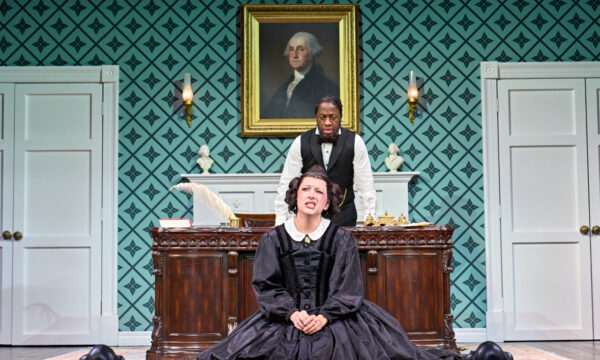
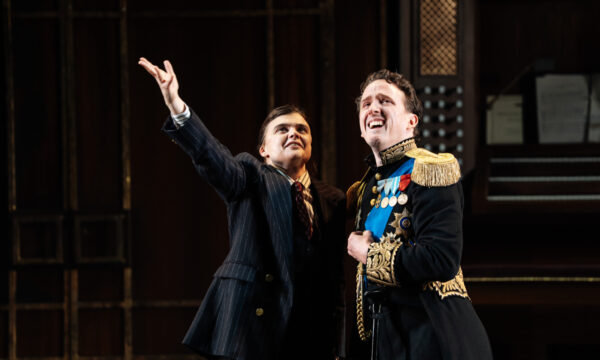

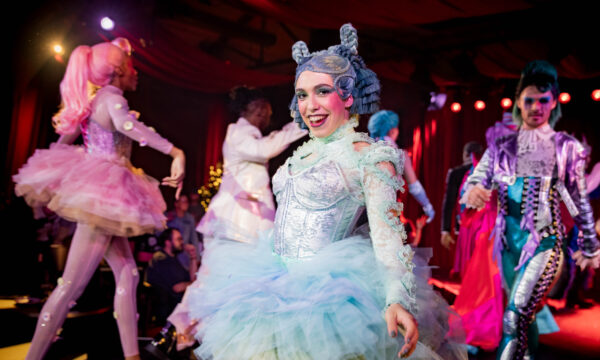

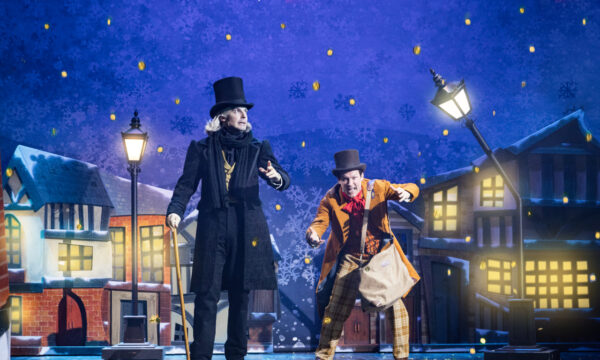
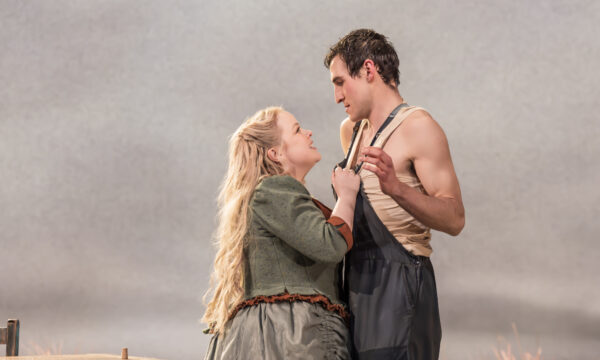

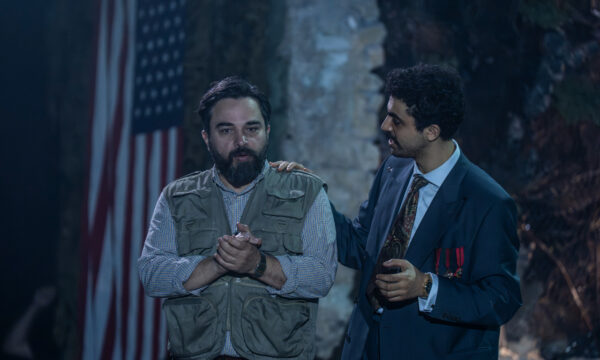







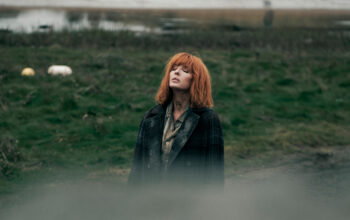


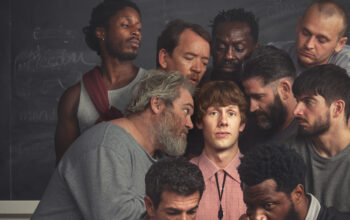
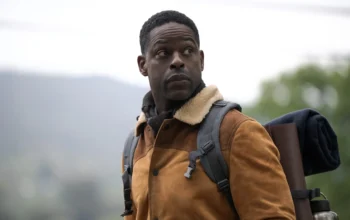

Facebook
Twitter
Instagram
YouTube
RSS